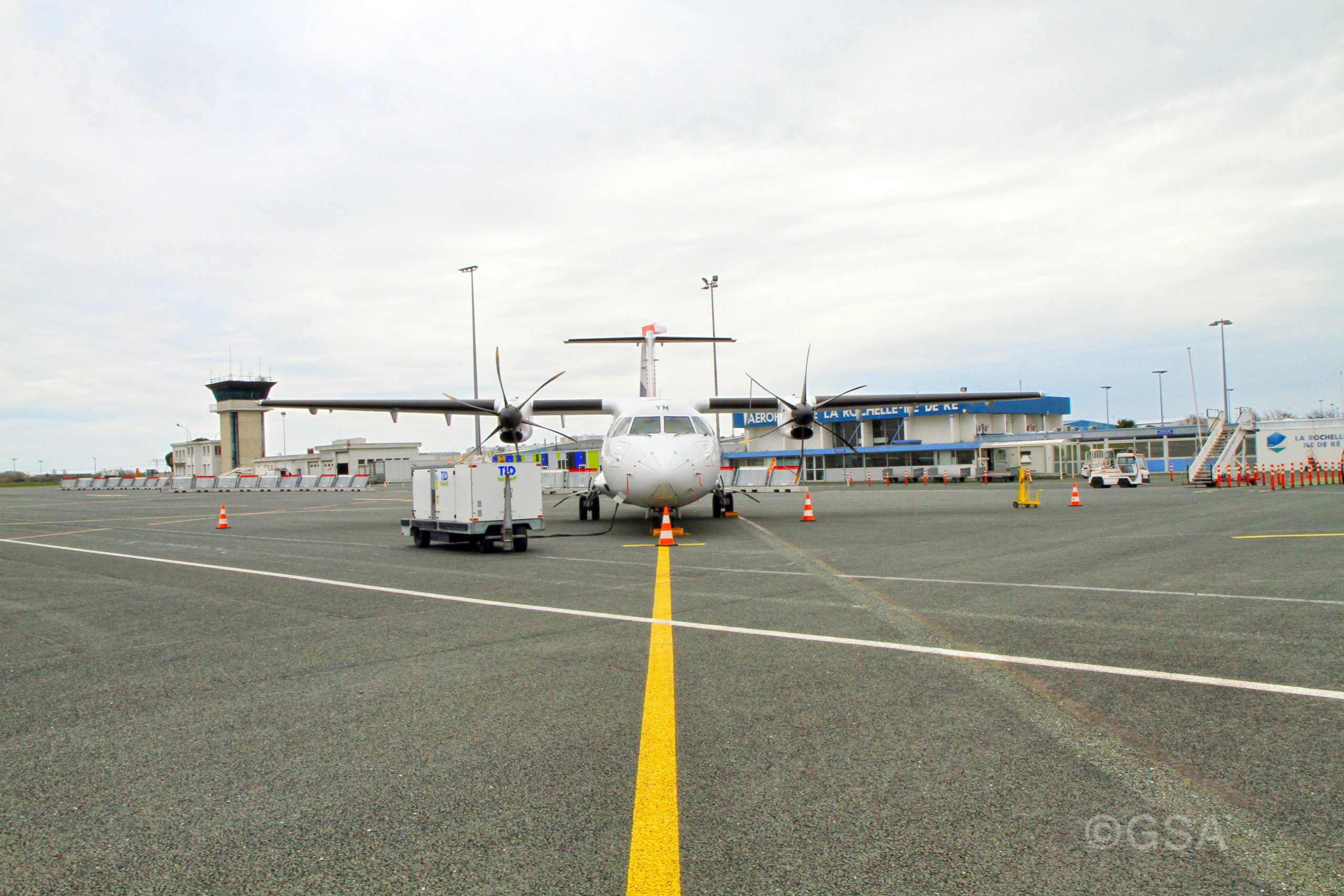The EGNOS Open Service was officially launched on October 1, 2009, and the EGNOS Safety of Life became operational on March 2, 2011. After commissioning, the space and land sector has undergone continuous upgrade and improvement.
An important improvement for Norwegian users was when EGNOS was upgraded to a new version on March 26, 2019, where SOL was able to extend its coverage area from 70 to 72°N. In July 2020, the latest generation of GPS satellites (Block III) was integrated into the EGNOS space sector.
New user groups
The user sector has also developed since the advent of on-air services, and in aviation, a number of Norwegian airports and helicopter landing sites have been certified to use EGNOS-based approach procedures. Many social actors and emergency services are now using EGNOS to increase flight safety and operational capacity. Efforts are also being made to increase the number of users in general aviation for non-motorized and uncontrolled airports.
Although the EGNOS SoL for aviation is being developed, there will be many safety-critical user groups that will greatly benefit from the accuracy and reliability that EGNOS can offer. Among others, work is underway on a new maritime service critical to safety and a concept in which EGNOS is used to determine the safe positioning of trains in the European Rail Traffic Management System (ERTMS) signaling and traffic management system. A step-by-step introduction of ERTMS is now underway on Norway’s rail network.
The next generation of EGNOS
EGNOS is now running in System version 2 (V2), improvements and upgrades to this system version will be made in the coming years. The next generation of EGNOS (V3) is in development and will include an entirely new land segment, increased power, and new services. EGNOS V3 is expected to be operational from around 2025 to 2026.
An important innovation with EGNOS V3 will be the new Dual Frequency Multi-Constellation (DFMC) service which will broadcast corrections to both GPS and Galileo satellites on the L1 (1575.42 MHz) and L5 (1176.45 MHz) frequency bands.
This means that the user can use several satellites to determine the position, and use the two frequencies to eliminate one of the most important sources of error; ionosphere. This would be particularly useful in northern latitudes, where fluctuations in the ionosphere are greater than fluctuations in the south. It is not easy to correct for these fluctuations by using a regional ionosphere model, as current EGNOS users do. The new service for the DIFC is expected to become operational around 2027.
The new service will be very important, among other things, to aviation, and will lead to increased accuracy, availability and continuity. In the fall of 2020, the International Civil Aviation Organization (ICAO) approved new Standards and Recommendations (Standards and Recommended Practices – Standards and Recommended Practices) that will facilitate the use of the Dubai Civil Aviation System SBAS in international aviation.
seas:

“Explorer. Unapologetic entrepreneur. Alcohol fanatic. Certified writer. Wannabe tv evangelist. Twitter fanatic. Student. Web scholar. Travel buff.”




